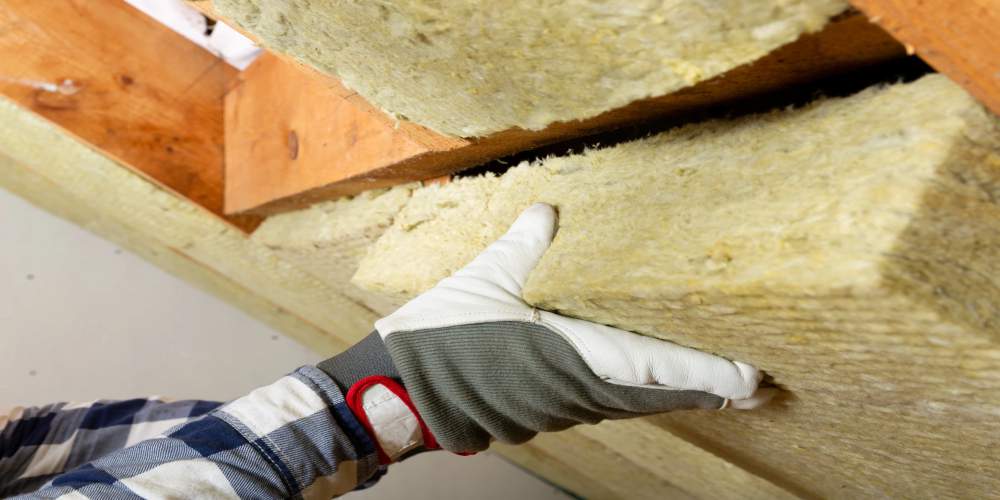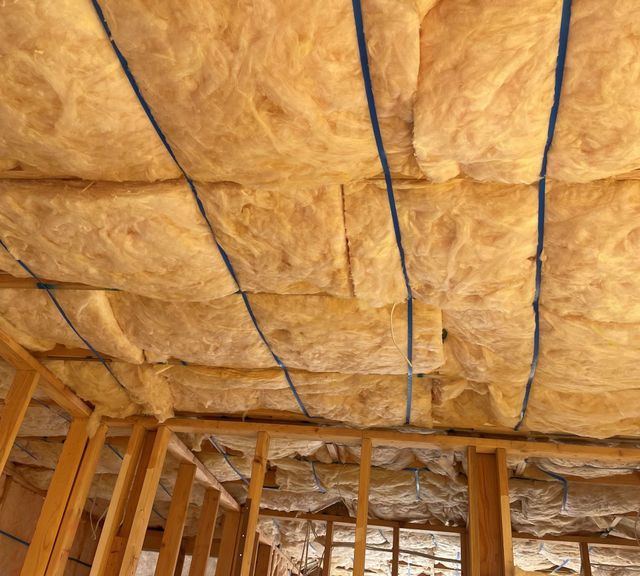Maximizing insulation performance with fiberglass loose fill starts with understanding its benefits and application methods. This type of insulation offers an effective, cost-efficient solution for improving energy efficiency, soundproofing, and maintaining indoor comfort. Proper installation and a solid understanding of the material’s characteristics are essential to achieve the highest performance.
In this article, we will explore the key factors that influence the effectiveness of fiberglass loose fill insulation. We’ll break down the installation process, performance-enhancing techniques, and considerations for making the right decision. By the end, you’ll have a comprehensive understanding of how to optimize the insulation in your home or building.
Types of Fiberglass Loose Fill Insulation
Fiberglass loose fill insulation is available in several varieties, each with different characteristics that may be better suited for particular applications. Understanding the differences helps you select the right product for your specific needs.
Key Types of Fiberglass Loose Fill Insulation
| Type | R-Value per Inch | Applications | Key Benefits |
| Standard Fiberglass | 2.2–2.7 | Attics, walls, floors | Affordable, good coverage |
| Blown-In Fiberglass | 2.3–2.8 | Attics, open cavities | High efficiency, quick install |
| Ultra-High Performance | 2.6–3.0 | Attics, walls, floors | Superior insulation value |
Note: The R-value is a measure of insulation’s ability to resist heat flow. Higher R-values indicate better performance in insulating a space.
Benefits of Using Fiberglass Loose Fill Insulation
Fiberglass loose fill insulation offers a variety of benefits that can improve the performance of your building’s thermal and acoustic properties. Here are some of the key advantages:
- Effective Thermal Insulation: Loose fill fiberglass effectively reduces heat transfer, keeping spaces cooler in summer and warmer in winter.
- Soundproofing: It reduces sound transmission between rooms or floors, enhancing privacy and comfort.
- Non-Combustible: Fiberglass is naturally non-combustible, providing safety and fire resistance.
- Mold and Moisture Resistance: Unlike some other materials, fiberglass does not absorb moisture, reducing the potential for mold growth.

Factors Affecting Insulation Performance
To maximize the performance of fiberglass loose fill, several factors must be considered, from installation technique to material quality.
Proper Installation
The key to maximizing the insulation value of fiberglass loose fill lies in proper installation. The material needs to be applied evenly and to the correct depth to achieve optimal results.
- Achieve Proper Density: Loose fill insulation must be applied at a consistent density to ensure it doesn’t settle over time, which would reduce its effectiveness.
- Correct Depth: Insulation should be applied at the recommended depth for maximum R-value. Too little insulation can lead to heat loss, while excessive layers may cause inefficiency and waste.
Ensuring Coverage
Properly filling all cavities is vital to avoid thermal gaps that could compromise energy efficiency. Gaps or voids in the insulation material can cause cold or hot spots that hinder the desired temperature regulation in a space.
| Insulation Coverage Factors | Recommended Practices |
| Cavity Size | Fill every gap fully |
| Attic Insulation Depth | Aim for 10–14 inches (R-30 to R-38) |
| Even Application | Use a blower machine for consistent depth |
 hings to Consider Before Making a Decision
hings to Consider Before Making a Decision
Before choosing fiberglass loose fill insulation, consider the following factors to ensure it meets your needs.
- Climate Conditions: If you live in an area with extreme temperatures, you may need a higher R-value for more effective insulation.
- Space Accessibility: Blown-in fiberglass works best in attics or areas with limited access, but may be more difficult to apply in spaces with tight corners or low ceilings.
- Cost and Budget: While fiberglass loose fill is typically less expensive than other options like spray foam, it’s essential to balance material cost with installation and long-term energy savings.
Bonus Tips for Maximizing Insulation Performance
- Seal Air Leaks First: Before adding insulation, ensure that any gaps or cracks are sealed. Even the best insulation won’t perform effectively if air can bypass it.
- Inspect Regularly: Over time, check for any settling or damage in your insulation. Insulation can lose its R-value if it settles or gets wet.
Common Questions
How does fiberglass loose fill compare to spray foam insulation?
Fiberglass loose fill offers a more affordable solution, but spray foam provides a higher R-value and air-sealing benefits, making it more effective for areas with extreme temperatures.
Can fiberglass loose fill insulation be used in walls?
Yes, fiberglass loose fill can be used in walls, especially in retrofit applications where the walls are not already insulated.
Is it necessary to add a vapor barrier with fiberglass loose fill?
In many climates, a vapor barrier is recommended to prevent moisture accumulation, which could compromise the insulation’s effectiveness.
Does fiberglass lose its R-value over time?
Fiberglass insulation is generally stable and does not lose its R-value over time, as long as it remains dry and free from damage.
FAQ
How deep should I install fiberglass loose fill in my attic?
Typically, a depth of 10–14 inches (R-30 to R-38) is recommended for attics to achieve optimal thermal performance.
Can fiberglass loose fill be installed by homeowners?
While homeowners can install fiberglass loose fill insulation, it is recommended to hire a professional for even application and to ensure proper coverage and depth.
How long does fiberglass loose fill insulation last?
Fiberglass loose fill insulation can last for decades without significant degradation, provided it remains dry and undisturbed.
What’s the difference between loose fill fiberglass and batt fiberglass?
Loose fill fiberglass is blown into place, providing more flexibility for hard-to-reach areas, while batt fiberglass comes in pre-cut sections and is used for specific cavity sizes.
Make the Right Decision
Maximizing the performance of fiberglass loose fill insulation requires a thorough understanding of the installation process and the factors that influence its effectiveness. Whether you are improving the energy efficiency of your home or business, ensure that the insulation is properly installed, evenly distributed, and maintained over time to get the best results.
Reviewer:
Henry Turner has 9 years of experience in spray foam insulation. He reviewed this article and helped shape it into a clear guide for companies working to build trust in their local market.






